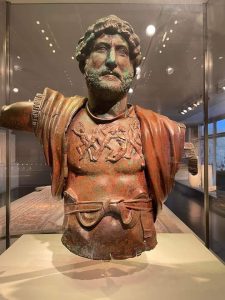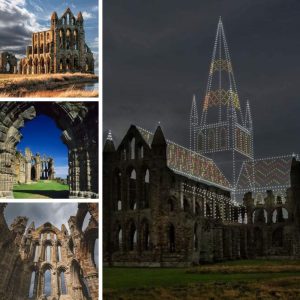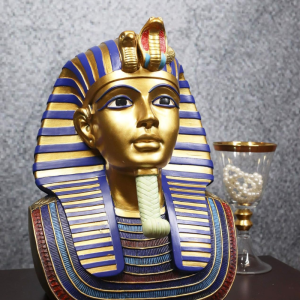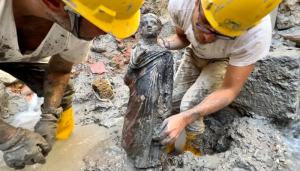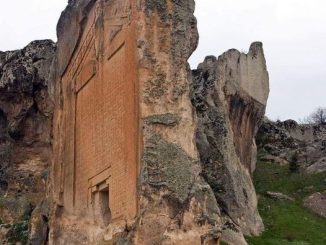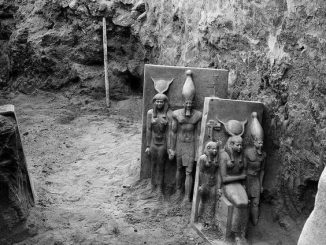The statue of Hercules, dating from the 2nd century AD, is now in the Vatican Museums. Hercules’ symbol is the mace, he also often holds the skin of the Nemean lion with him. This work depicts Hercules in a rather youthful style, but most statues will depict a Hercules with a shaggy beard.
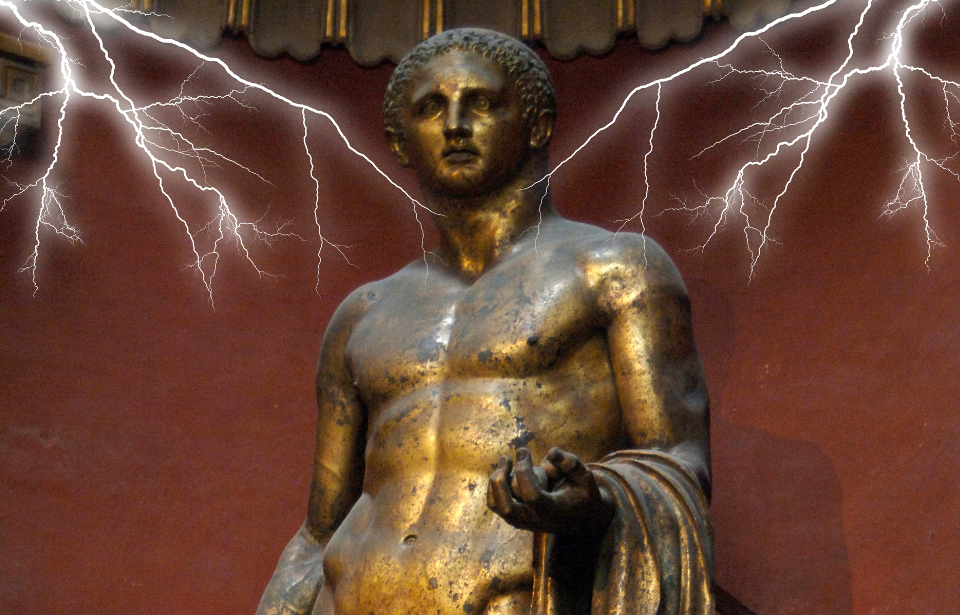


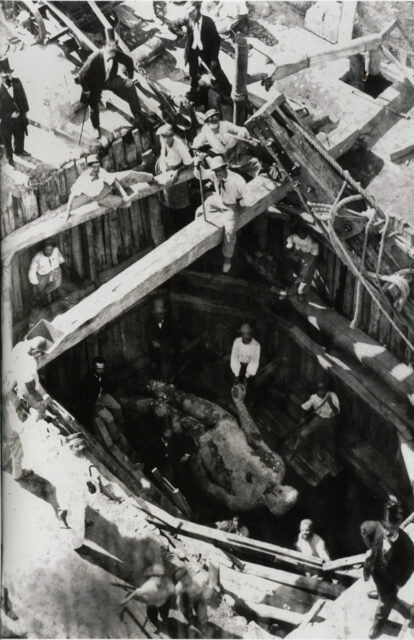
A massive bronze statue of Hercules, known as Hercules Mastai Righetti, has been housed at the Vatican for years. It shows the half-human Roman god of strength after he finished his labors. The statue is considered divine because it was previously struck by lighting. The restoration team has made a significant discovery about the statue and the people who created it.
It was found in a banker’s villa
The 13-foot-tall statue of Hercules was originally discovered in 1864 after work had commenced on a banker’s villa close to Rome’s Campo de’ Fiori square. Once the massive statue was identified, it was featured in many newspaper headlines and earned the attention of visitors from all over, including Pope Pius IX. Pope Pius IX later added the statue to the papal collection, where it found its home in a niche of the Vatican Museums’ Round Hall.
Experts haven’t been able to determine the exact date of the statue’s origin, but they’ve narrowed it down between the first and third centuries. For the last 150 years, Hercules Mastai Righetti has gone largely unnoticed by visitors to the museum. Its surface was covered in a dark coating, as well as grime and dust, making it pretty
An inscription suggests it was struck by lightingunnoticeable.
In this gilded bronze statue (dated roughly 100-300 AD), a young Heracles is shown leaning on his club, a lion skin over his arm with one of the golden apples in his hand. (Photo Credit: Slice of Light / Flickr CC BY-NC-ND 2.0)
Upon the slab of travertine marble on which the statue stands, the inscription “FCS” is engraved. According to Claudia Valeria, curator of the Vatican Museums’ Department of Greek and Roman Antiquities, this indicates that the statue was once struck by lightning.
In Latin, “FCS” stands for “fulgur conditum summanium,” which translates to a phrase meaning, “Here is buried a Summanian thunderbolt.” This inscription was put on objects that were blessed by Summanus, the ancient Roman god of nocturnal thunder.
The ancient Romans believed that objects struck by lightning were imbued with divinity. This blessedness also extended to the place where lightning struck the item as well as to where it was buried. Hercules Mastai Righetti’s burial in a marble shrine helps to support this claim, as it coincides with Roman burial rites that observed lightning as a divine force.
“It is said that sometimes being struck by lightning generates love but also eternity,” Vatican Museums archaeologist Giandomenico Spinola said. The Hercules statue “got his eternity … because having been struck by lightning, it was considered a sacred object.”
The restoration team faced a significant challenge
